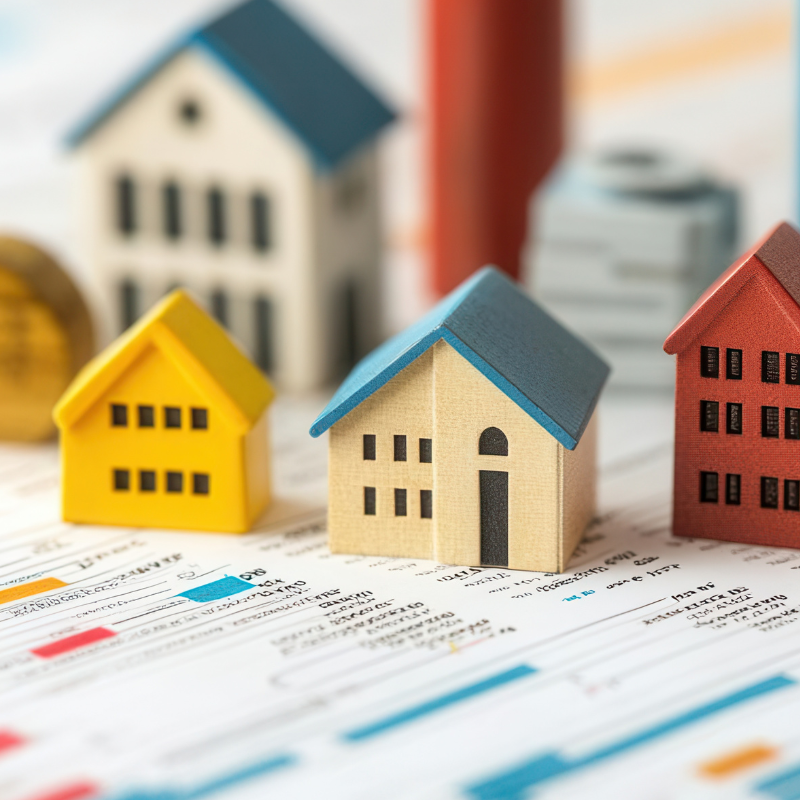New York City’s most controversial tax break is back after nearly a year and a half in limbo. The 421a tax abatement, which had expired in January 2016, was restored by the state legislature in April as part of the overtime budget talks.
What is 421a?
421a, which refers to a provision in the state’s Real Estate Property Tax Law, reduces the property taxes on a parcel when it undergoes residential development. For properties that qualify for the break, for several years, the property owner pays property taxes only on the original value of the property, not the value it gains after a new residential building is built on it. After this full tax exemption ends, which could last up to 35 years (25 years under the old program), there can be a period of years during which the full tax bill phases in.
The 421a exemption was created in the 1970s when New York was desperate for development. At the outset, it did not include any provision for affordable housing. During the 1980s, new provisions were added that required developments receiving the exemption in parts of Manhattan to either include affordable units or pay into a fund to support affordable housing elsewhere. A decade ago, the requirement for affordable housing was applied to more areas of the city to reflect development trends.
Revised 421a exemption
The revised version of the divisive tax break, now called Affordable New York, will annually generate 2,500 units of housing affordable to poor, working-class and middle-class New Yorkers, according to Governor Cuomo. Under the updated program, developers of market-rate rental buildings of 300 units or more in certain neighborhoods can get a full property tax exemption for 35 years if they set aside 25 to 30 percent of the units for low and moderate income tenants. Earlier versions of the program had shorter exemption periods. Additionally, the program requires developers to pay construction workers an average of $60 an hour in wages, benefits and payroll taxes at projects below 96th Street in Manhattan, and $45 an hour at projects within a mile of the East River waterfront, an area gentrifying rapidly. Projects outside those zones can “opt in” to the program if they fulfill the requirements.
Extra Hurdles for developers
The new 421a also creates extra hurdles for the developers. Under the old program, owners had to secure the tax break before they put shovels in the ground, and the city issued them a preliminary certificate of eligibility. Builders won’t get a certificate until the end of construction-they now apply for the tax exemption once they finish a project, which could create years of uncertainty and make it harder for developers to secure financing for 421a projects.
What it All Means
The state views this bill as one that provides multiple benefits-it encourages development, meaning more jobs, and provides more affordable housing. Opponents of the bill feel it provides unnecessary tax breaks to the wealthy. No matter which side of this bill you stand, the program is back until at least 2022.
Contact Us
For more information on this topic, please contact a member of Withum’s Real Estate Services Team.
To ensure compliance with U.S. Treasury rules, unless expressly stated otherwise, any U.S. tax advice contained in this communication is not intended or written to be used, and cannot be used, by the recipient for the purpose of avoiding penalties that may be imposed under the Internal Revenue Code.



